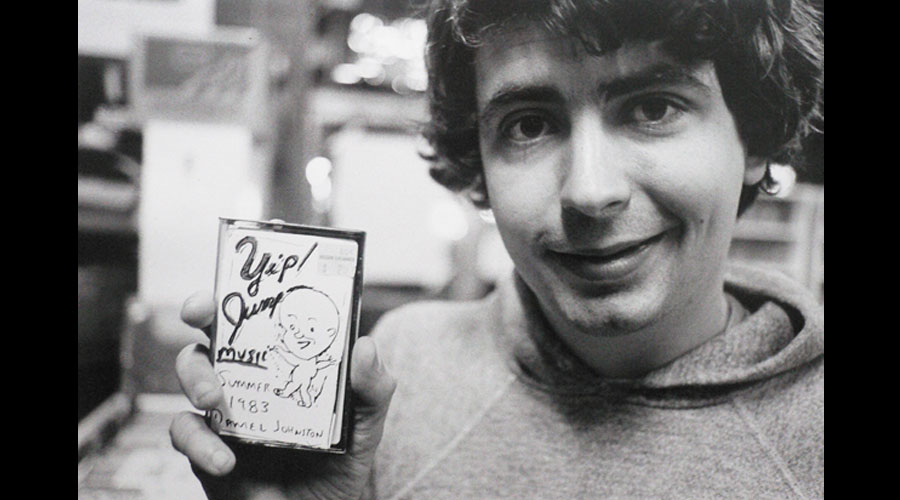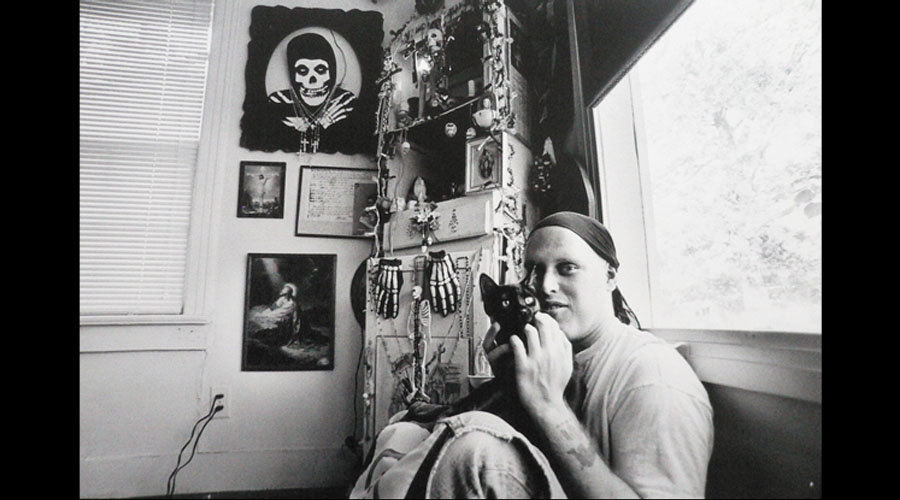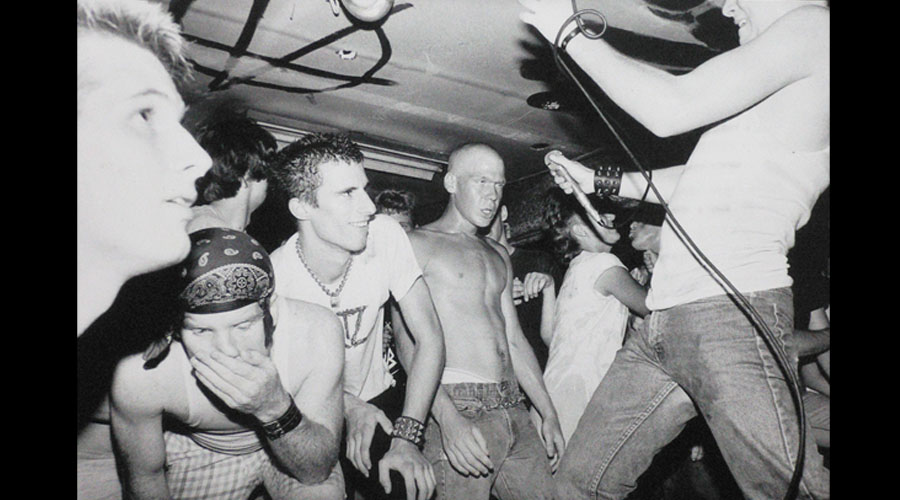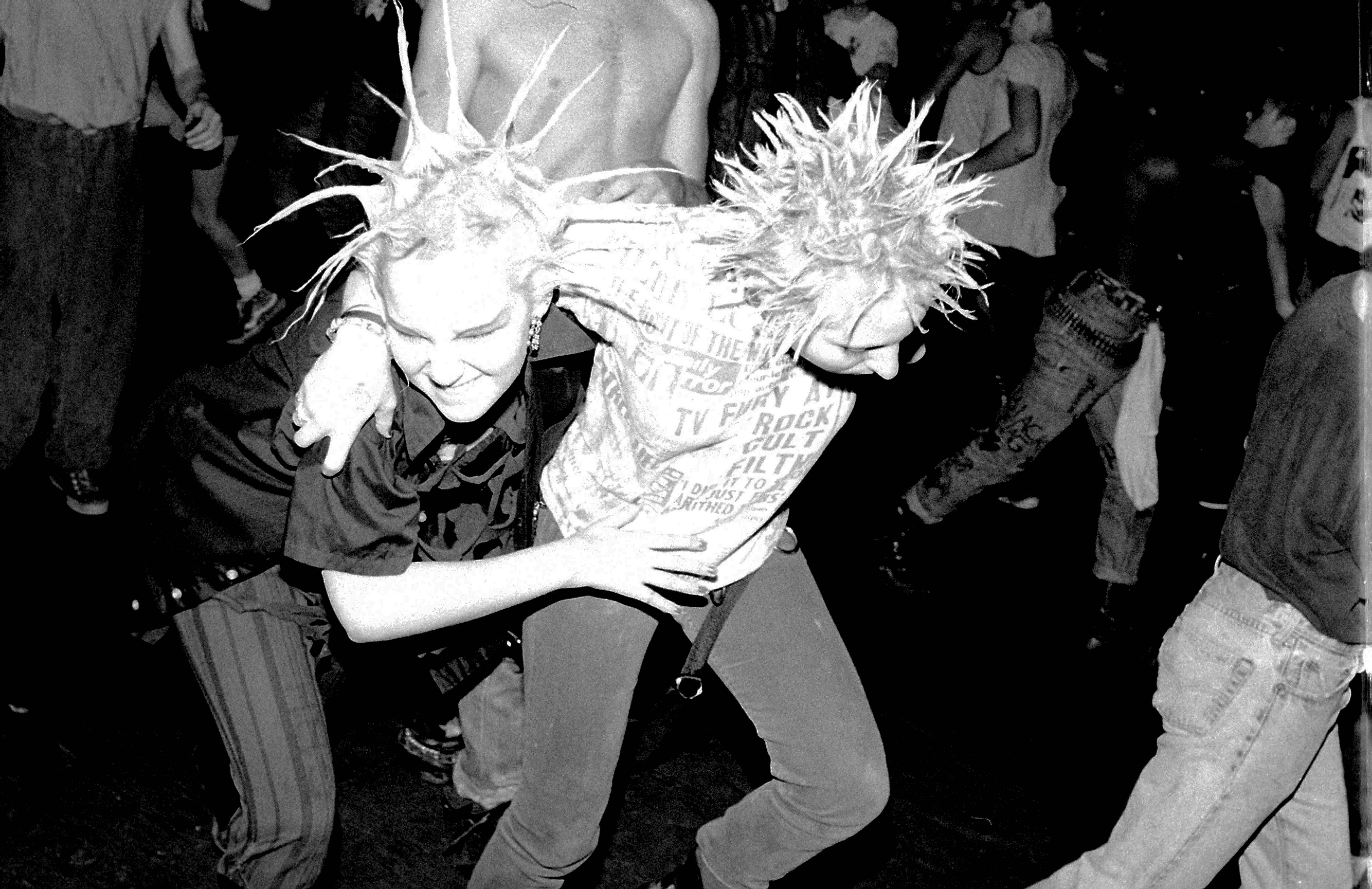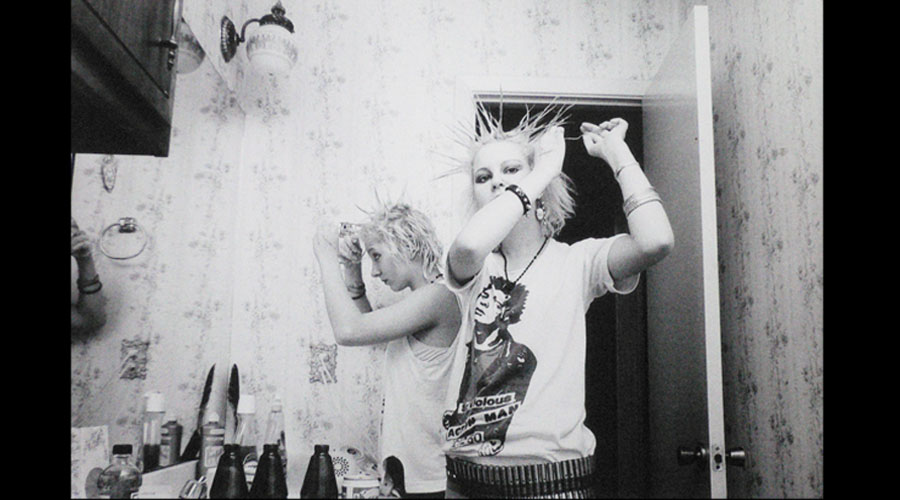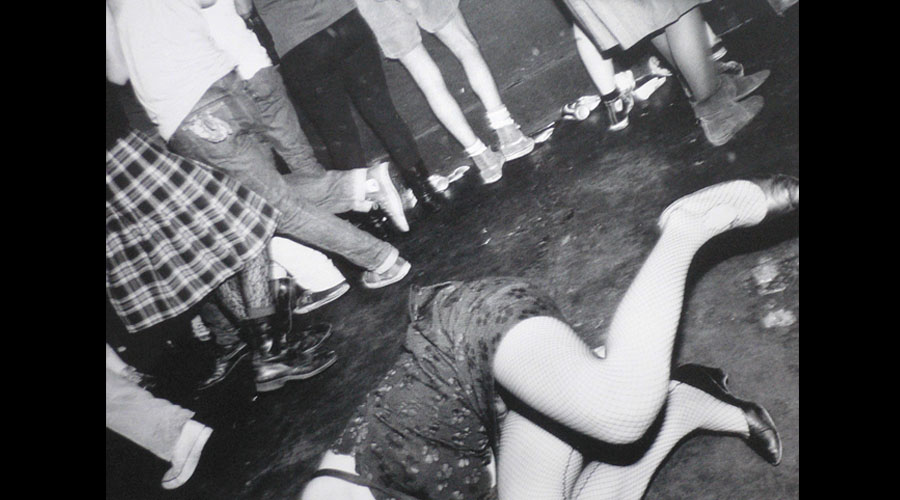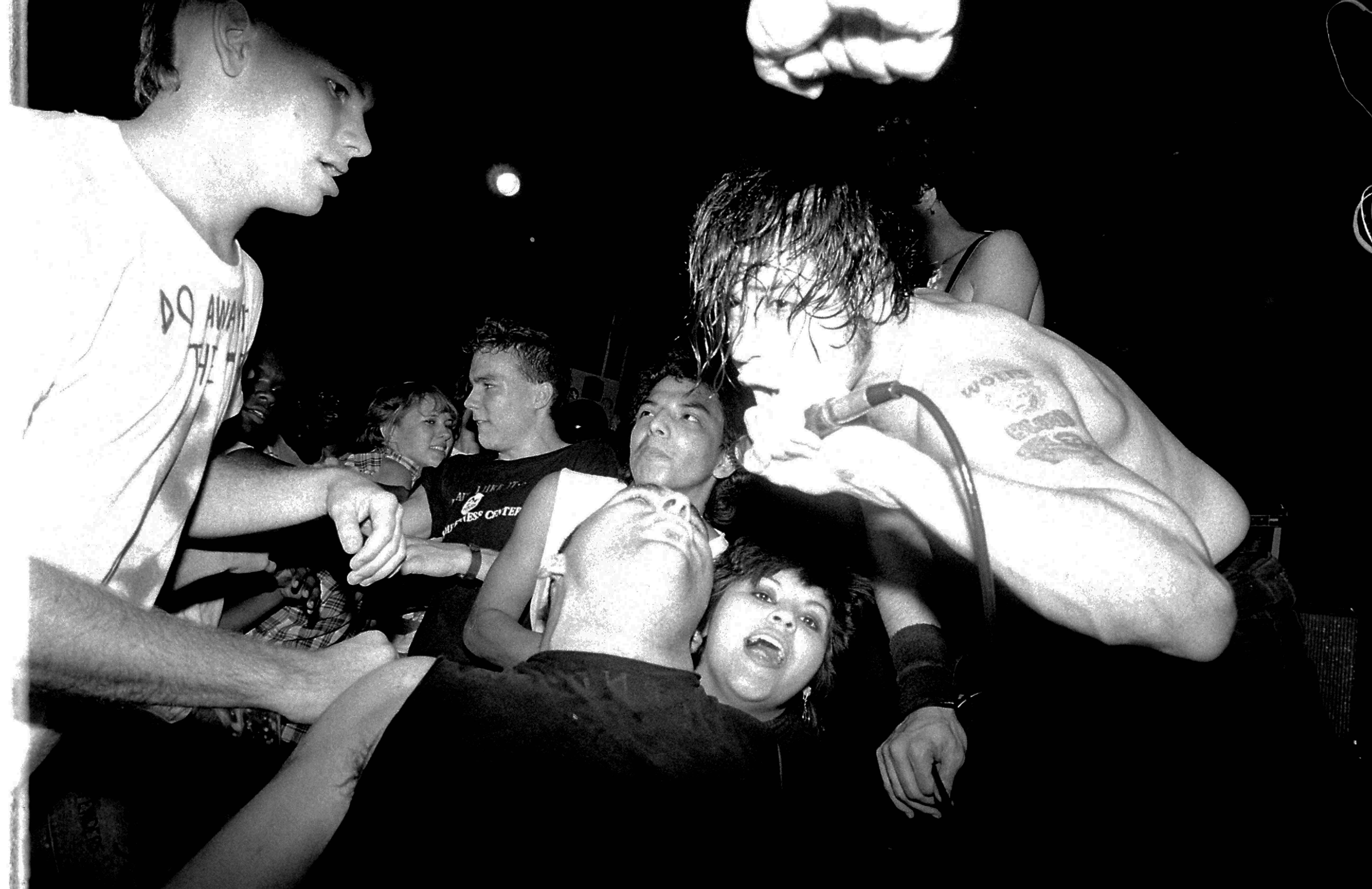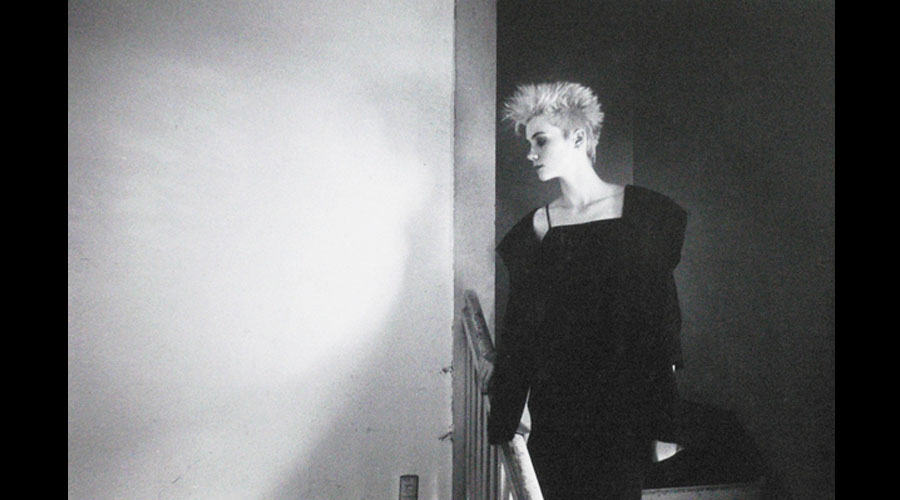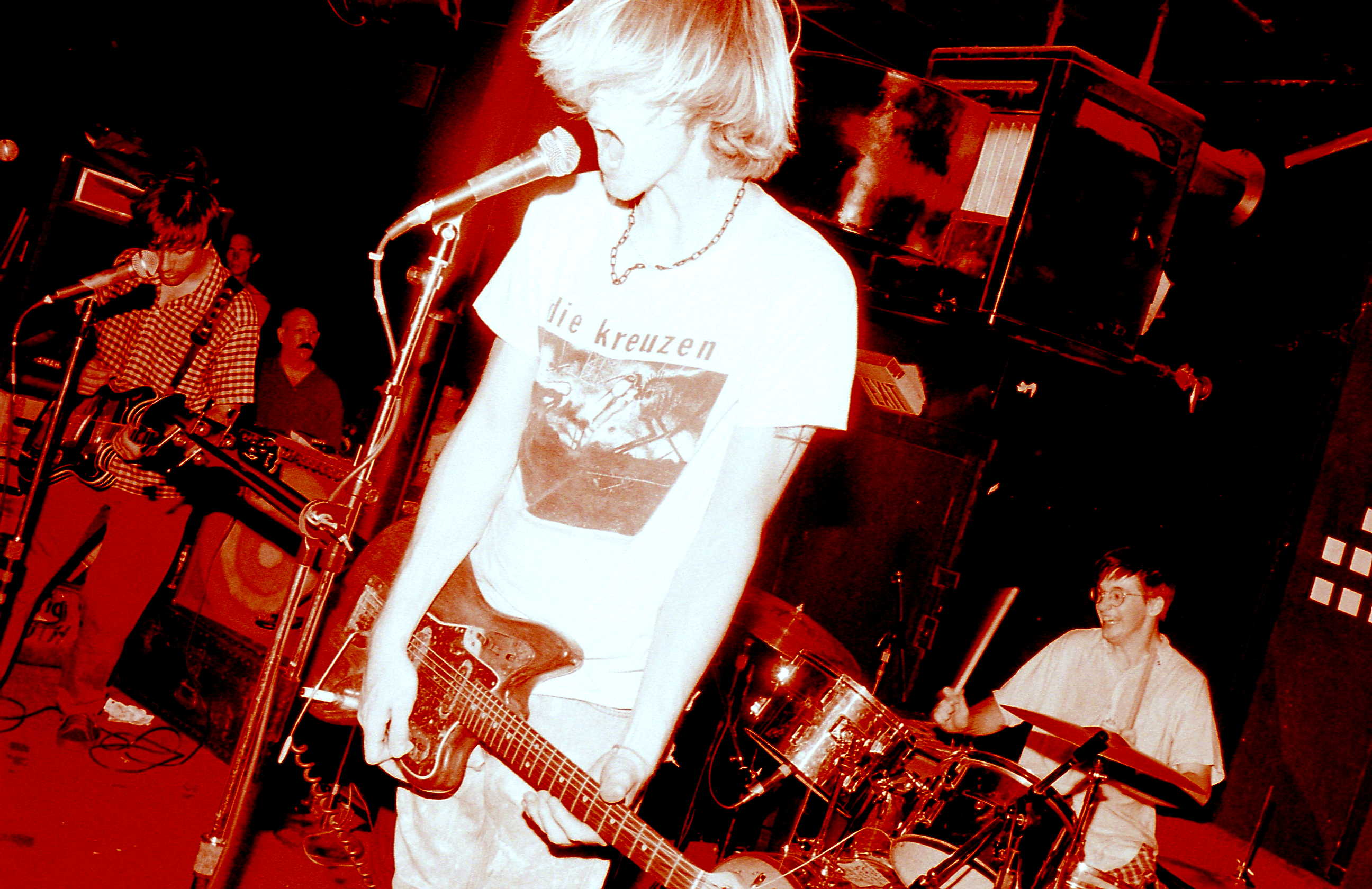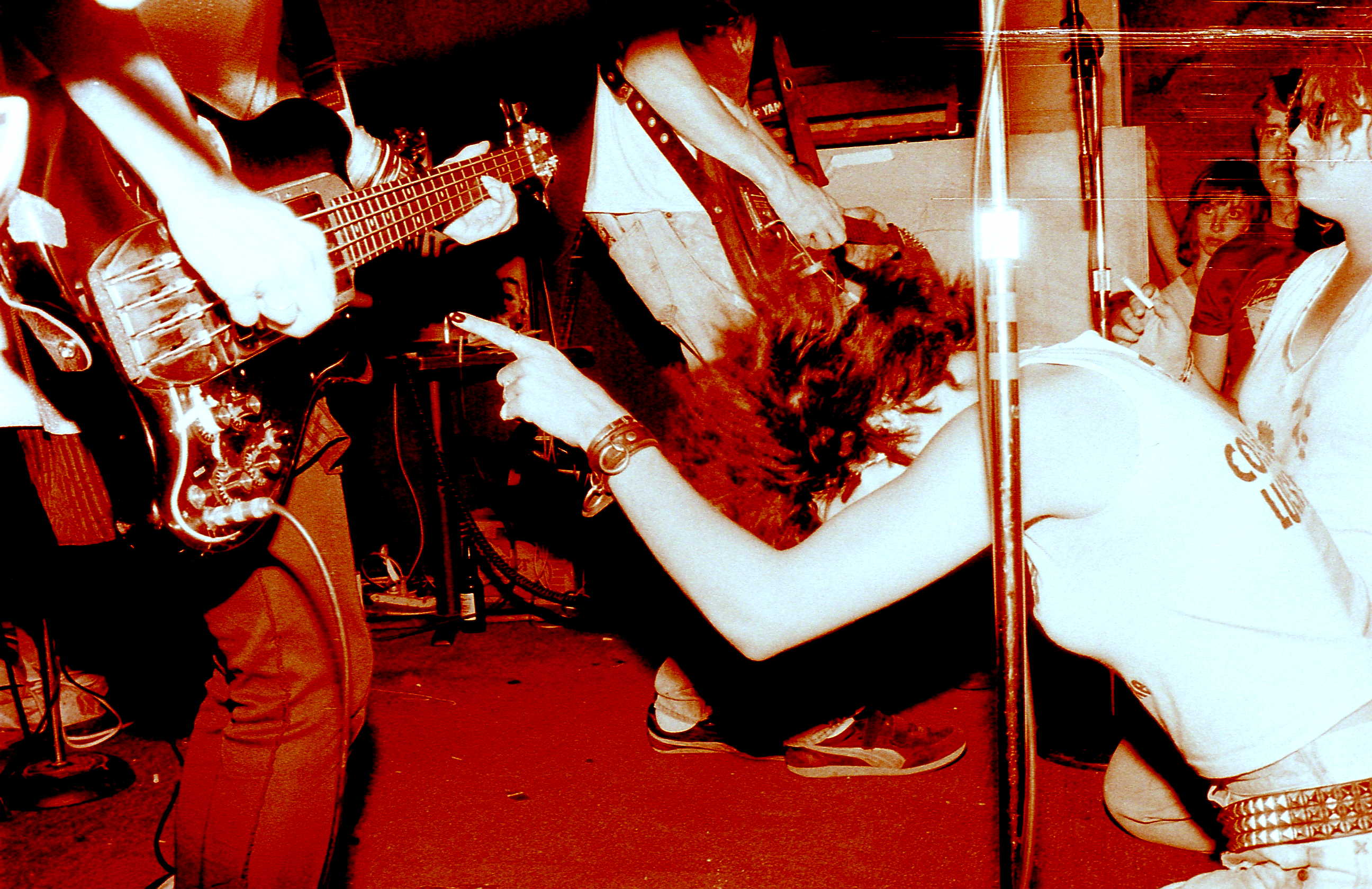In this edition, the person behind the lens is Pat Blashill. A long time
friend, Pat and I met in 1986 here in Austin. I saw him often at shows and
parties here and there. Usually with the camera in tow. He would leave Austin
the next year, 1987, to move from Austin Texas to New York City. (Git a rope !!)
A big jump for someone who was born and raised in Austin, Texas. A once sleepy
and small town and capital city.
To give you an idea of what a cool and
quirky burgh Austin was in 1986: My first job out of high school in January of
1986 was working at the McDonald’s on the below ground floor of Dobie Mall.
Working for McDonald’s is common place, but having 4 shifts working with
musician Daniel Johnston was what made it “Austintatious”.
The power of a
photo is infinite and limited only by the perception of the viewer. Some world
cultures believe a photo can “steal your soul”. But the true power of the
photograph is in the “i” of the beholder.
Pat Blashill
http://www.patblashill.org/
R & R: Where were you born and raised?
P.B.: Born and raised in Austin, Texas. Public schools until I went to UT in 1980.
R & R: So which came first for you, live music or photography?
Blashill: Actually , I was drawn first to live music in 1980,and I was drawn to live music with a friend named Steve Collier. Steve was the first drummer for the Austin band that would later be know as the Big Boys; but on the night I first got exposed to both live music in a club and “punk rock” was at Raul’s. That night the Big Boys played, all in drag, as “K-mart And The Shoppers ” ! I had heard some “punk” before, but this was my first experience with a live band and in a club.
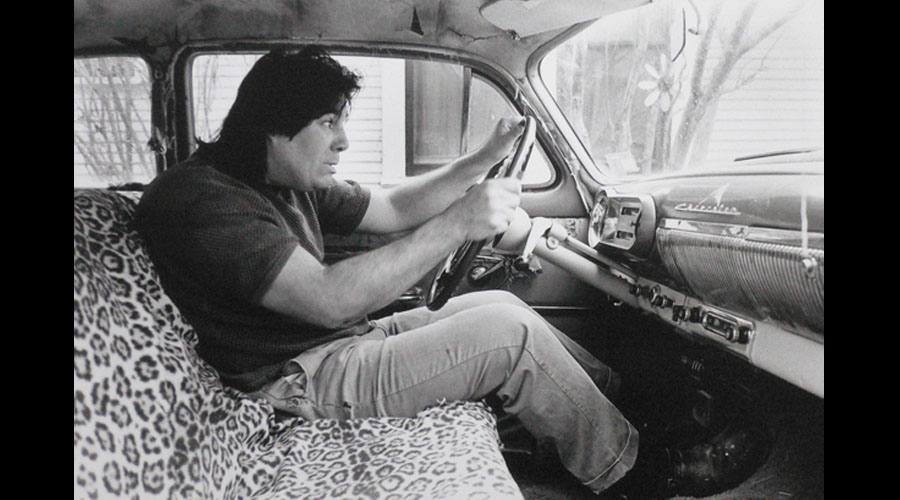
Randy "Biscuit" Turner , K-mart and The Shoppers, The Big Boys, Cargo Cult and Swine King. By Pat Blashill
R & R: Cool, so live music was first. What clubs did you frequent?
Blashill: Raul’s, Duke’s Carriage House and Club Foot were hopping back then.
R & R: So, in effect, punk rock brought you to photography?
Blashill: Yes. I decided to study photography and journalism at UT at that point. In the beginning, I would shoot photos at Raul’s, but I wasn’t very good. It took me a couple of years to get my shit together. I took some pretty cool pictures in high school, but my first real subject was music in Austin.
R & R: What are a couple of the most important things you learned studying at UT?
Blashill: I was studying documentary
photography, and my professor emphasized a few things:
1.) You should phot0graph things that are important to you. Things in your personal life or things that you cared about.
2.) You should always give copies of your photos to the people that are in
your pictures.
I was fortunate to learn the subject in Austin, because who
knows how different my work would be if I had learned in Dallas or Wisconsin. I
also learned that live music was my forum. I knew I wasn’t really interested in
fancy technique, or studio photography or advertising. I wasn’t even into
the photography like war or sexy girls. Both are fine, but I wanted
to capture something about my life and American life. Yeah, if you do it right,
photography has changed a lot of people’s lives.
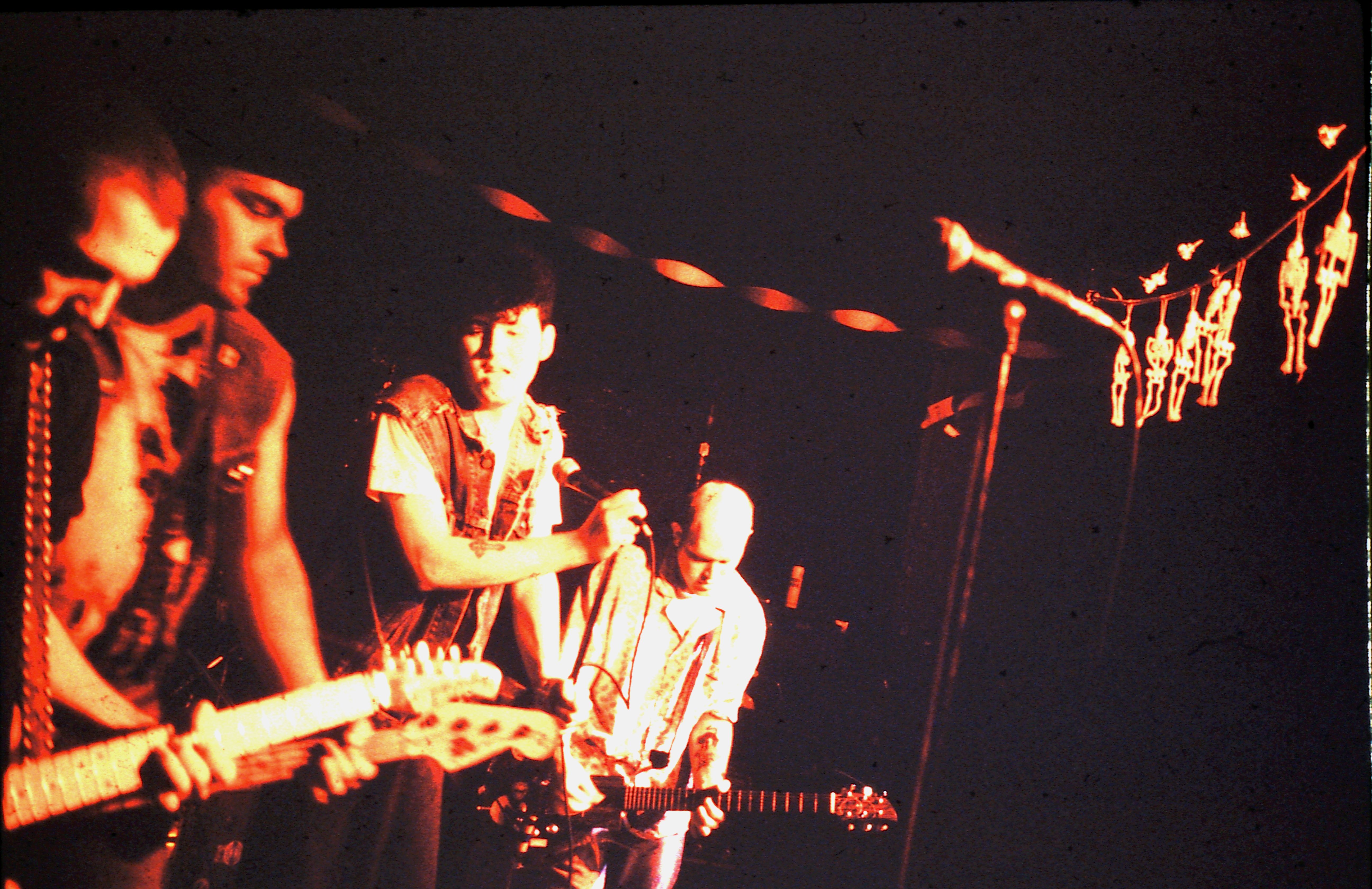
Poison 13. (l to r) Bill Anderson, Chris Gates, Mike Carroll and Time Kerr (not pictured : Jim Keenan). By Pat Blashill.
R & R : You said it took you a couple of years to really start making some headway with your craft. What problems did you run into in those early years?
Blashill: It took me a while to figure some of the technical problems, and how to photograph things in an interesting way.
R & R: You went on to have a respectable career in both
photography and writing articles. Did writing seem like the logical next step to
pursue photojournalism ?
Blashill: Well, what
happened was: I had shot a series of photos of a Scratch Acid show. I went to
the Daily Texan (the U.T. school newspaper) and asked them if they would be
interested in publishing the Scratch Acid shots. They said they would publish
them, but that I had to produce some text to go with it. So I did that. That’s
kind of how the writing started for me. I didn’t mean to be a writer, I
meant to be a photographer.
R & R: So at this point you are writing and taking photos. What kind
of response did you get?
Blashill: Some editors liked the
writing, some liked the photography, so it was kind of mixed.
R & R: Writing and photography are both forms of journalism. How are they different to you?
Blashill: What I like about photography is that a picture doesn’t mean one certain thing. Words are pretty specific. I like that aspect that photography can mean a bunch of different things. Some writers can really be open in what they portray, they can suggest a lot. If they have talent they can create that thing that a good photograph does, with a photo the definition is up to the viewer.

Butthole Surfers : Sure fire colors and visuals with the upside down crash cymbal and isopropyl alcohol and a lighter.... Glorious Live Chaos.....By Pat Blashill
R & R: Having done both, which do you prefer?
Blashill: I don’t think I am as good a writer as I am a photographer. I never thought I was as good with words as I am with pictures.
R & R: OK , so back to the music. What drew you to music as a muse?
Blashill: I had always like music, but it wasn’t until I started going to Raul’s that I started to find all this crazy stuff. And, honestly, a lot of the bands I liked at first were the English bands like Gang of Four or Wire. I really loved those bands and they were doing stuff that I hadn’t heard before. Before that I had been like a “metal head” , I was into Led Zeppelin and Deep Purple. I didn’t hear the Sex Pistols until, like, 1982. And at that point, Austin was really just as, or even more interesting than a lot of the English stuff.
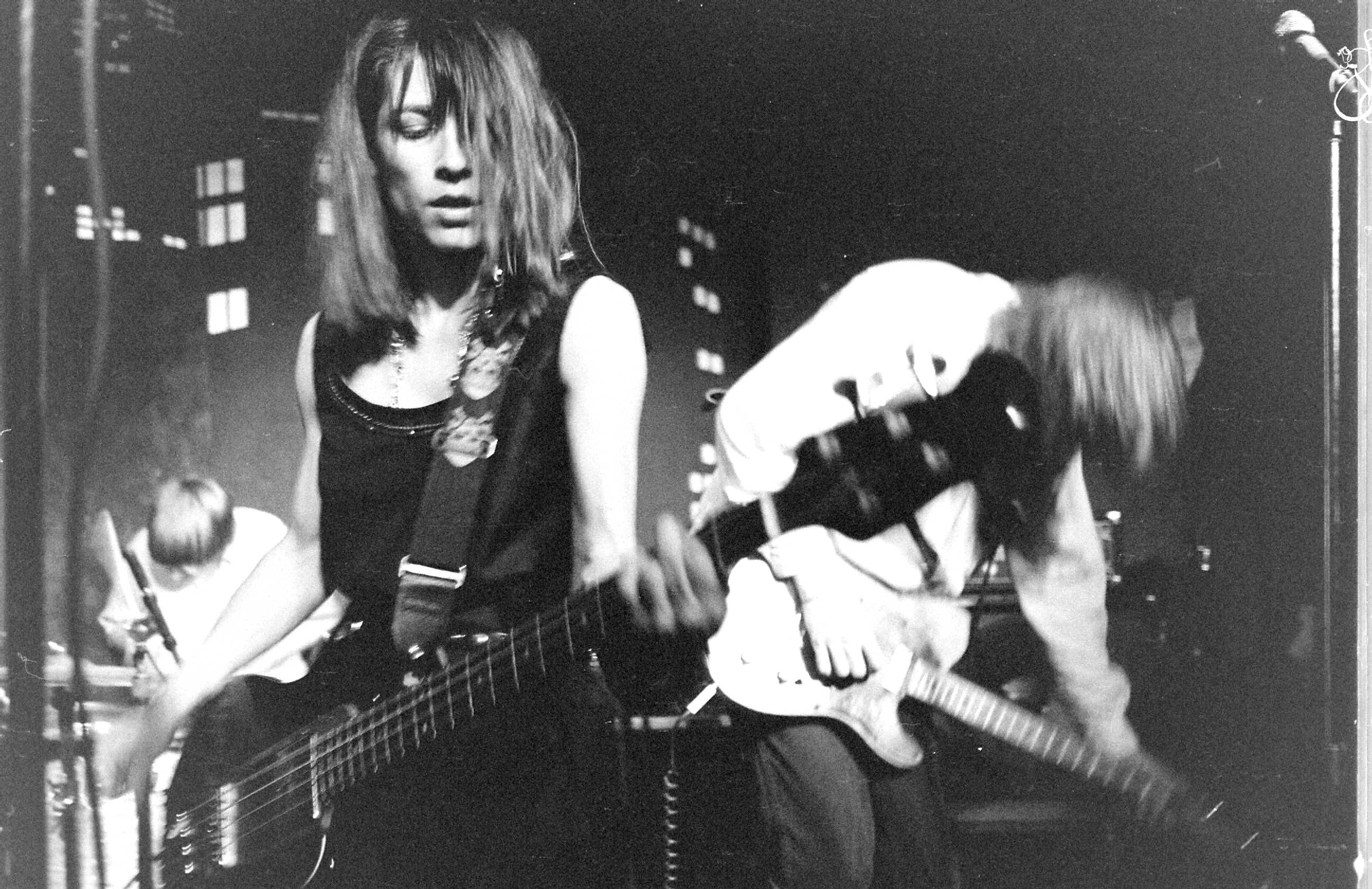
( l to r) Steve Shelley , Kim Gordon and Thurston Moore of Sonic Youth. At the Continental Club, Austin Texas, 1986. By Pat Blashill
R & R: What made Austin special or different for you?
Blashill: Well, it was happening right there in front of me; and in a way, the scene in Austin was so much more varied than a lot of stuff happening in other parts of the world.
R & R: Variety and diversity are two of the LAST things you would expect from the capital of Texas. Smack dab in the middle of one of the most right wing conservative states in the country. How do you think that subculture survived?
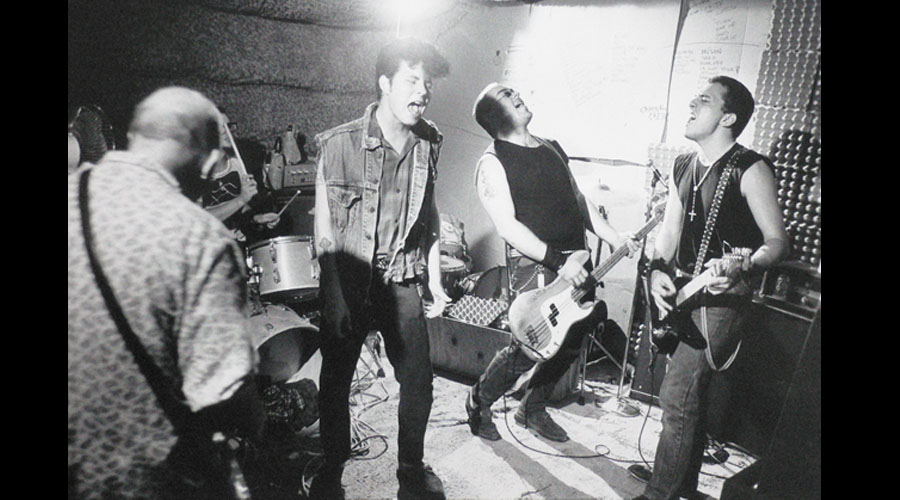
Poison 13 ( l to r) Tim Kerr, Jim Keenan, Mike Carroll, Chris Gates and Bill Anderson . By Pat Blashill
Blashill: We are CRAZY. There is a streak of that in Texas, a streak of “hair brained” …. crazy… jump out of the window type insanity. And that is kind of cool. Somebody like the Butthole Surfers really captured that. They are like a really Texan band. I don’t think a lot of people understand that, or understood them at the time. They captured something very Texan, withing the Republican, cowboy construct of Texas. There was something really Texan about what was going on with the bands at the time. They were really unusual and creative. That is part of Austin, but it is also a Texan thing.
R & R: So true . A good example of that is Gibby Haynes, front man and effects wizard for the Butthole Surfers, is the son of “Mr. Peppermint”, the host of a popular Texas TV show for kids. Kind of in the vein of Kaptain Kangaroo.
Blashill: Yeah, Yeah. And going back to, like, Roky Erickson and the 13th Floor Elevators, were really psychedelic. You also had the Butthole Surfers and Scratch Acid, who were also psychedelic. They were all different in styles, but it was all uniquely Texas music.
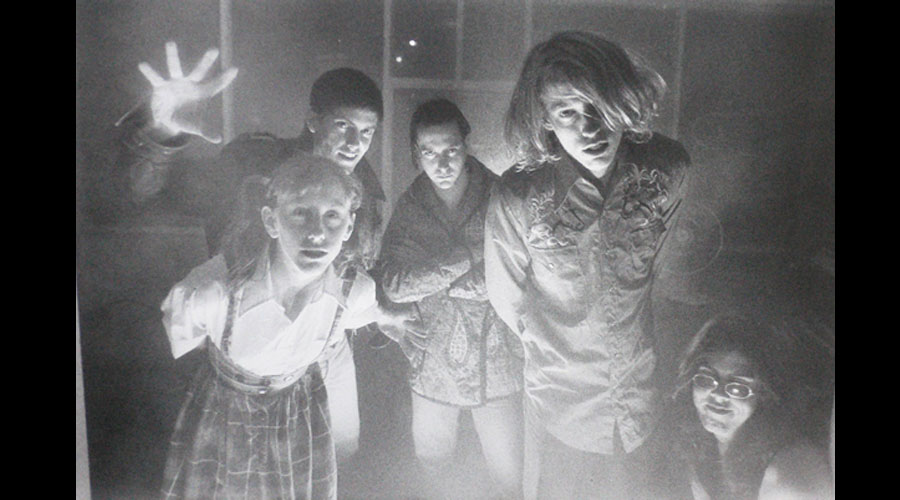
Butthole Surfers ( l to r ) Teresa Taylor, Paul Leary, Jeff Pinkus, Jeff Coffey and Gibby Haynes. By Pat Blashill
R & R: A nice thing about the scene back then was the camaraderie and accountability of a music scene in what was then a small town. But , as in anything, the pendulum swings both ways. Do you agree?
Blashill: Yes, that is true. There were good times because of that, and there were bad times too. If you slept with someone’s girlfriend, they would find out.
R & R: The scene was really tight knit then. I guess I noticed the “vibe” of the Austin scene had changed when I came back from living in NYC. And that was only two years later. What do you feel upon returning to Austin?
Blashill: I still feel some of that old “energy” when I go back. The big difference is that it has gotten so much bigger. And that has changed it. Austin in the 80’s was incredibly unique, and as a photographer I was in the right place at the right time. As both a photographer and a music lover, because I liked “off the wall”…weird.. crazy music. And Austin had some of the weirdest and the best of that, and it was happening right in front of me. So I was just super lucky.
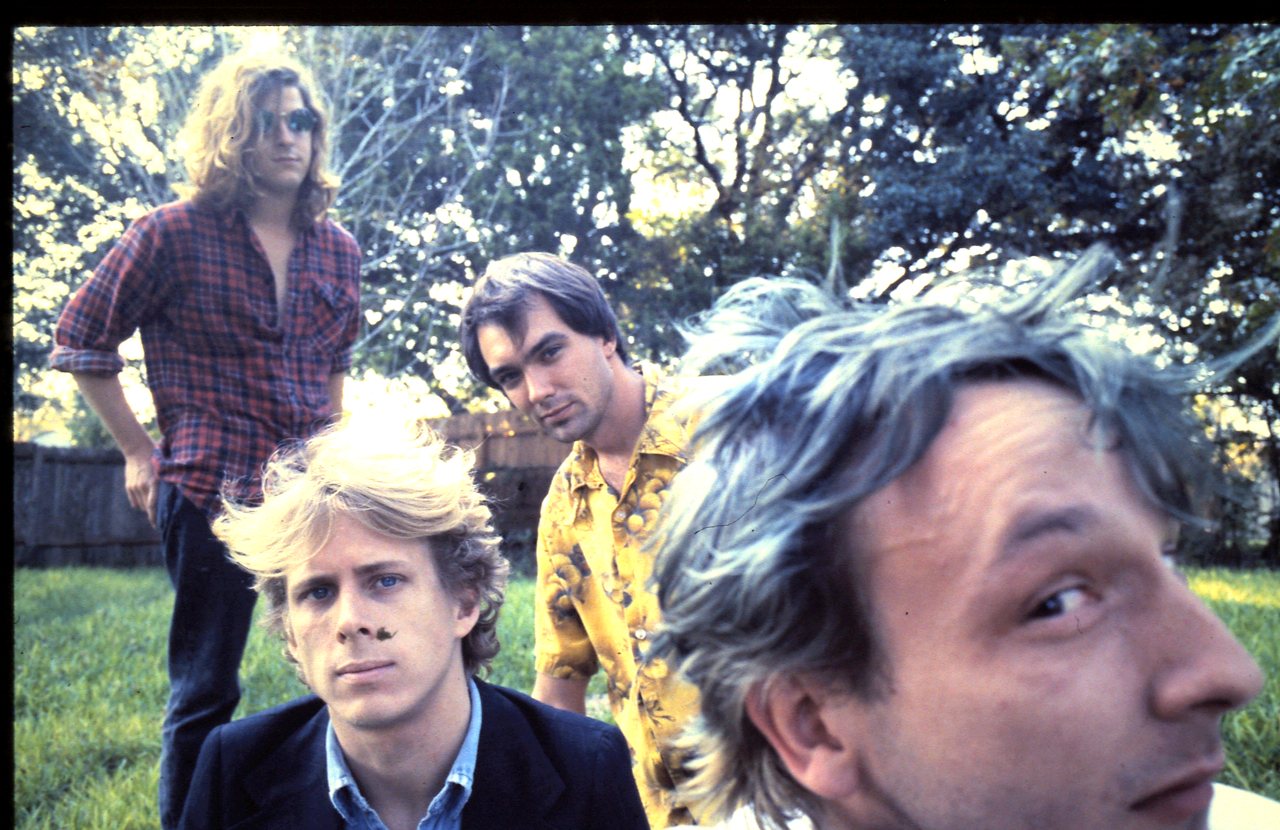
Scratch Acid bird bath. ( l to r) David Wm. Sims , Rey Washam, Brett Bradford and David Yow. By Pat Blashill.
R & R: So you were a fan, a writer and a photographer in the music scene. Outside of these, did you have any “deeper” adventures into the music scene?
Blashill: I was never in a band, but it helped that bands knew I was covering them, and that they would get copies of the shots. This enabled me to get onstage and closer to bands to get better shots. I went on tour with The True Believers in 1986. My friend Brent Grulke and I were on that “Tour That Never Ended”. Off all things, the True Believers brought me along as a roadie, kind of a ridiculous proposition ! Having grown up in Austin, touring the US didn’t make me appreciate Austin less, it just made me realize there are other places out there I might want “to try”.
R & R: Did that tour sow the seed in your heart that grew into you branching out and leaving Austin?
Blashill: Yes. It was 1987 when I decided to leave Austin. I had seen New York City for the first time with the True Believers. It was such an amazing place that I decided to try living there. I lived in New York City from 1987 until 2005. That is where I met my wife. She lived in Austria, so I would go there to visit. It started out with short visits , and then it became a couple of months in the summer. Finally after 18 years we decided to try me living in Austria as well.
R & R: How do you like it there?
Blashill: I like it, but sometimes I miss the states. I miss New York City, but, in a way, I miss Texas more. It is good here for a lot of reasons, but you kind of need to speak a little German. I have adjusted, but I miss the US. Part of the reason we decided to go, was because the way George Bush was treating the US. Since I have been in Vienna, I try to photograph this city, which I find to be kind of sad, lonely and kind of old. That may be me feeling those things. I mostly photograph at night, and kind of just explore the city. Even though that kind of photography is different than live music, I still try to capture the essence or the feeling of being in this place. But I have changed too, I am not in that live music environment anymore. If there was a thriving scene here, it is hard to say if I would cover it. I don’t stay up until 4 a.m. anymore. I am a husband and a father, and I work 9-5.
R & R: OK, back to New York City for a second. Your writing and photography were featured in Austin publications, the Daily Texan and the Chronicle. Were you able to use those “connections” you made in Austin to help you get your “foot in the door” of some mags or newspapers in NYC?
Blashill: Yes. When I was in Austin, I managed to get some pictures into SPIN, which was a new magazine at that time. When I got to New York, I tried to capitalize on that. I figured, somebody on the photography department at SPIN would pick up a phone if I called them. I knew at the time that they needed some pictures of Scratch Acid. I called them and they said: ” Yeah, send us the pictures, if you want.” So, I got a couple of pics in SPIN. After the True Believers tour, I got a tip from Michael Corcoran that SPIN had fired half of their staff. They were obviously in need of stories. At the time, the Austin darlings the True Believers were getting some attention from the music world as the “next big thing” to come out of Austin. So I took that tip. And having toured with them for four months, and being a photographer and writer, it seemed like a slam dunk to have me submit something to SPIN on that subject. So I wrote a full length article about that tour.
R & R: How was it received?
Blashill: Well, in my piece I had been very candid about what I had
seen on the road. But it really pissed off some people in the band, and
hurt a lot of feelings. That story was a real eye opening experience. I was kind
of naive to think the role of the photojournalist and the writer is to talk
about what it was really like. On the one hand I wrote this story that was maybe
a little too honest in some ways and I hurt the bands’ feelings, I have since
made peace with some of them. On the other hand , people who read that piece
have told me they just thought it was a normal article about a rock and roll
band. What I learned from a that as a writer, is that you have to decide what
your story is, and what is important.
R & R: You didn’t
retire with SPIN, so where did you go from there? And why?
Blashill: I started writing for DETAILS, which at the time, was considered a “closet mens’ fashion magazine”. Part of the reason I went to DETAILS was that it was a chance to really learn how to write well. To write about music with a higher skill. And people will usually tell you enough startling things about themselves that you don’t really need to dig for the “juicy stuff”. As long as they know you will write about what matters most to them, the music.
R & R: How did your craft evolve at DETAILS ?
Blashill : Some people may disagree, but I stand by that True Believers story I wrote in 1987. It was a good first feature, but I had a lot to learn. At DETAILS I learned to be a little bit more subtle, and to be a little bit more responsible. I think I had a good feeling for what was important in a story, but I think I got a little better at the writing in New York. On the other hand, when I was writing in New York, I stopped taking so many rock photos. I took photos of famous people, but I slowed down on the photography because writing for DETAILS was so demanding as a magazine assignment. They paid me well and treated me well, but it was a lot of fucking work !
R & R: So you moved to Vienna in 2005. How did your photography change there?
Blashill: I started photographing more places, without people. I like it, but it is really super different from that early music photography. I like it for different reasons.
R & R : Who are YOUR influences ?
Blashill: One of the first photographer’s work I saw that I really liked was a guy named Robert Frank. (http://theselvedgeyard.wordpress.com/2009/08/06/the-photography-of-robert-frank-the-americans-50th-anniversary-tribute/) He was then, and in some ways he still is, my hero in terms of photography. He photographed thinks that are very raw, in a very rough sort of way. I took that influence and tried to mix it with my photographs in music. I try to use the frame in a creative way.
R & R: What kind of camera do you use? And how has the digital age affected your photography?
Blashill: I wish I had a better answer for you on that, because I am a bit “digitally challenged”. It is not much different for me, because I have never been technically skilled. I’ve never really gotten in the mode of making a technically fancy photograph. I always just try to capture the moment. I am good at composition and organizing elements within the four lines of the frame. So, in a way, I haven’t really changed much with the advent of digital technology in photography.
R & R: What is a fond memory from covering the more famous musical artist?
Blashill: While I was writing for DETAILS, I got a chance to interview AC~DC. This was after Bon Scott had passed, and Brian Johnson was their front man. He was actually really, really cool! I liked him a lot. He was super down to earth and a really smart guy. All of those guys are smarter than you might think. Johnson was really articulate. And he said:
“You know, there must be something wrong with me. I am (at the time) almost
50 and I still LOVE MUSIC so much ! I love just listening to music, I feel like
a teenager.”
I feel like him in regards to both music and photography. I feel
like there must be something wrong with me. That I still love to take
pictures so much. And if I hear a song on the radio that is different, I still
just freak out !! ” ***********************************
Well, reading your words and looking at your work, Pat : I can
honestly say I am freaking out, too ! I would like to thank Pat Blashill
for sharing his gift and his work with us. And for giving us a better view of
what exists on the OTHER SIDE of the lens……
Behind
the Camera “I”………..
******************** Justin
Buzzcrusher *********************************************


